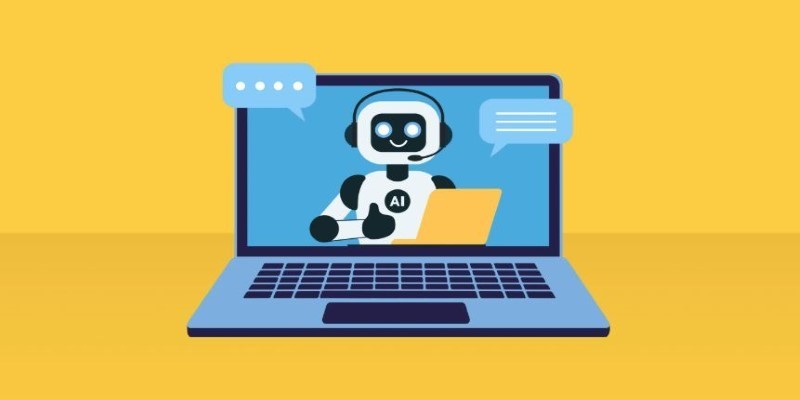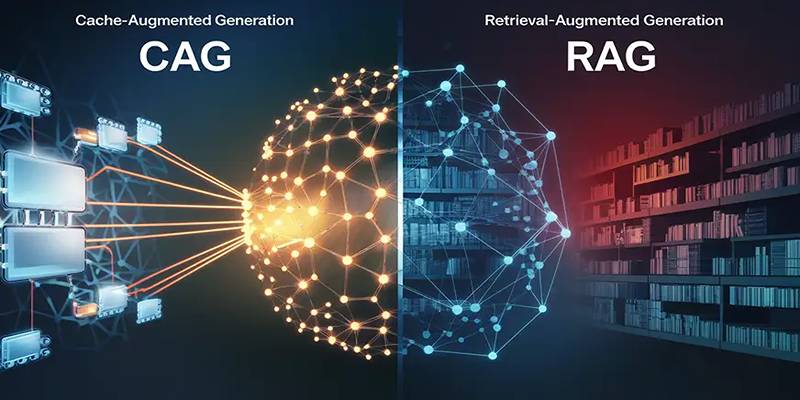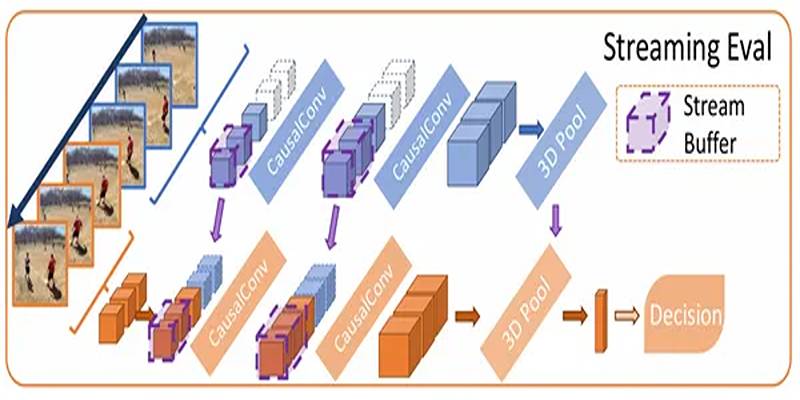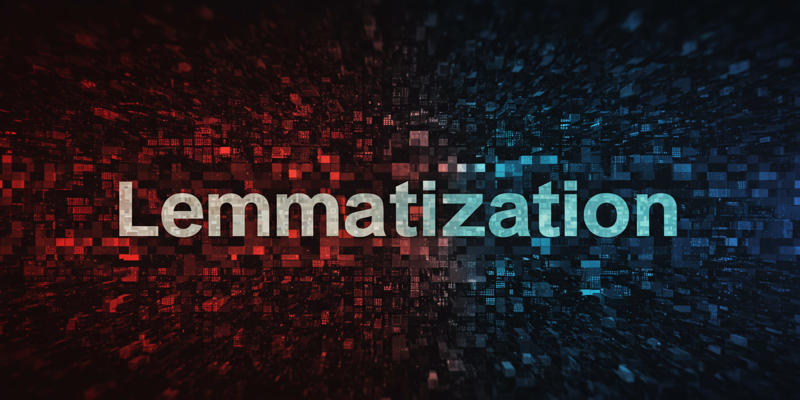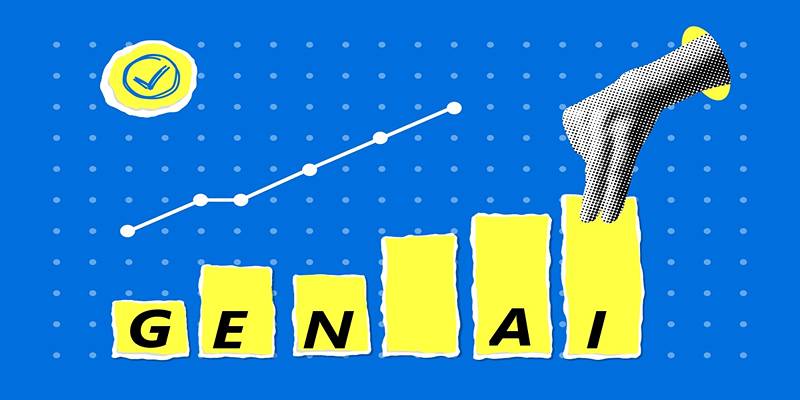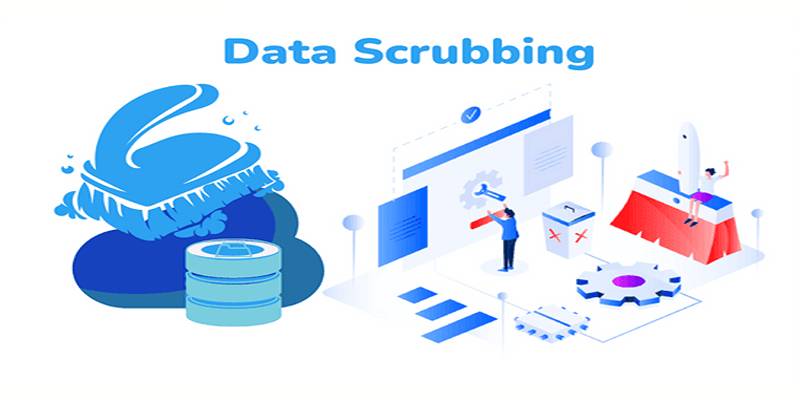In a digital-first society, content rules the nation. Companies are under pressure to provide engaging, rapid, and tailored content for all channels while maintaining brand consistency and driving measurable results. As requirements expand, AI becomes a strong collaborator. AI has numerous benefits, but employing it in content processing is questionable. How can we trust its recommendations? Does it seem clear? How can we save humanity? We're transforming how we produce, rate, and value content and automating employment.
This development's material concept is driven by explainability, which makes AI-generated content more transparent. It helps humans trust computers by making performance-based recommendations and explaining why. When content creators realize why AI offers a way, they trust it and use computers more. As AI improves, how we utilize it will rely on how effectively it earns our confidence, improves our judgments, and boosts our creativity.

How AI Changed Content Workflows
Before AI, content processes were linear and required human involvement throughout. Each stage needs expertise and time, from brainstorming and researching to writing, evaluating, and assessing performance. This strategy was laborious, wasteful, and complex to scale, particularly for large firms with various brands, platforms, and consumer identities. As individuals demanded better, more tailored information, these traditional methods broke unsustainably.
In comes AI. Tools that analyze data predict content performance, and produce copy in seconds gave marketers a strong new partner. Early AI systems were "black boxes" that offered recommendations or generated content without explaining how. The issue of how material makers may use tools they don't comprehend was crucial. Future content processes will depend on AI's talents and capacity to collaborate with humans. Explaining AI choices automates and speeds up decision-making while maintaining trust and accountability.
Creating trust with transparent AI systems
Trust is essential while working with AI as well as with humans. Content workers have always found AI confusing since it merely offers results without explanation. Due to this lack of knowledge, people are more cautious about embracing AI solutions in the creative process. AI may speed things up and contribute much material. Still, marketers may not understand why it offers a technique or piece of content, making it challenging to justify its usage in strategic processes.
Content explainability changes things there. Content teams trust AI findings more when they see how it analyzes brand tone, audience interests, and performance patterns. Instead of unquestioningly believing the machine, people are solicited for comments. Marketers may leverage AI's "This subject line works better because your audience responds more to urgency than curiosity" advice. Being upfront about AI eventually helps people believe it and makes the world better and more collaborative, where technology allows people to be creative instead of taking it away.
Giving marketers useful insights
Much research shows that AI can analyze data and discover patterns. The true benefit is applying such insights. Uninterpreted data is like a guide without a marketing strategy. With the correct AI tools, insights are helpful and intriguing. They may advise on campaign strategy, content tone, posting times, and style. When it provides valuable data, AI becomes a requirement.
Integrating insights into content creation improves marketing. Content planners employ AI-generated performance rankings and prior data to discover the ideal headlines, graphics, and calls to action for email campaigns. There's no need to stop working to look at data displays or wait for reports following the campaign. Their technologies provide real-time feedback, allowing them to make modifications immediately. Due to this real-time flexibility, content teams can adapt quickly and stay in sync with audience behaviour.
Filling the Gap: Human and AI Creativity Side by Side
AI can predict success and generate much content, but only people can be innovative. Finding the balance between leveraging AI's intelligence and sacrificing human producers' emotional and nuanced depth is tricky. When brand style, audience sentiment, and cultural complexity are ignored, AI-generated content sounds generic and mechanical. Openness and collaboration are crucial.
Human producers may remain in command of their ideas while gaining data-driven suggestions from AI by learning how AI makes judgments. AI helps authors improve by giving first drafts, alternative wording, and content structures. After editing, tone, style, and emotion are improved. This connection helps brand marketing, where tales and authenticity matter. Improved AI technologies will engage creativity more. This lets marketers collaborate on AI content creation, questioning, and adjustment.
Brand governance and AI explanations
Brand management is crucial to corporate marketing. The same voice, tone, and message across platforms build trust. As corporations increase their content departments, particularly with overseas teams and firms, homogeneity becomes more challenging. Generative AI may enforce brand guidelines if its reasoning is explicit and consistent with human norms.
Explainable AI supports this demand by adhering to brand guidelines and clearly explaining its findings. If an AI tool detects material that fails the brand's tone, it might state, "This phrase uses humour, which goes against the brand's professional tone." Content managers can detect and correct inconsistencies more easily. It speeds up content writer brand learning, leading to speedier hiring and more frequent employment. Explainable AI protects brand identity by respecting standards without impeding innovation.

Speeding up work without sacrificing quality
In content creation, speed and quality are typically seen as opposites. Traditional methods require a long time to produce high-quality information or sacrifice depth. AI can generate better stuff faster if the tools are thoughtfully provided, challenging this dualism. Not simply automation but innovative technology that improves performance.
Smoother procedures result from explainable AI embedded into marketers' tools. AI lets content producers see intelligence without switching tools to evaluate performance, adjust messaging, or verify brand standards. Feedback loops, output speed, and bottlenecks are reduced. When managers enhance and understand each stage, they may spend less time repeating and more time thinking strategically and creatively. Streamlining improves the effort in this scenario.
Conclusion
As it improves, AI will become a content-generating partner. Trustworthy and explainable AI is a turning point. AI is increasingly part of the content process, not just back-end research or automation. Openness makes human-computer interaction simpler, more practical, and more creative.
Content teams that collaborate most will succeed in the future. They will choose AI technologies that create, explain, and contextualize content. They will help create spaces where data inspires creativity, and technical knowledge promotes confidence. This future material is more innovative, more in touch with people, and more like actual life than quicker or more adaptable. Companies that invest in demystifying AI will have the most popular content tomorrow.

